
Greetings, friends of Architecture plus Design! It is a pleasure to be with you once again to share my experience in a place that takes us back to the past and is loaded with a lot of history. We are talking about the Roman Forum in the Italian capital. Definitely having been able to travel to several places in Europe years ago has been one of the most important and enriching experiences of my life, as it allowed me to see life with a broader perspective and meet many sites of interest not only tourist but archaeological and historical, which played an important role in the development of the world as we see it today.
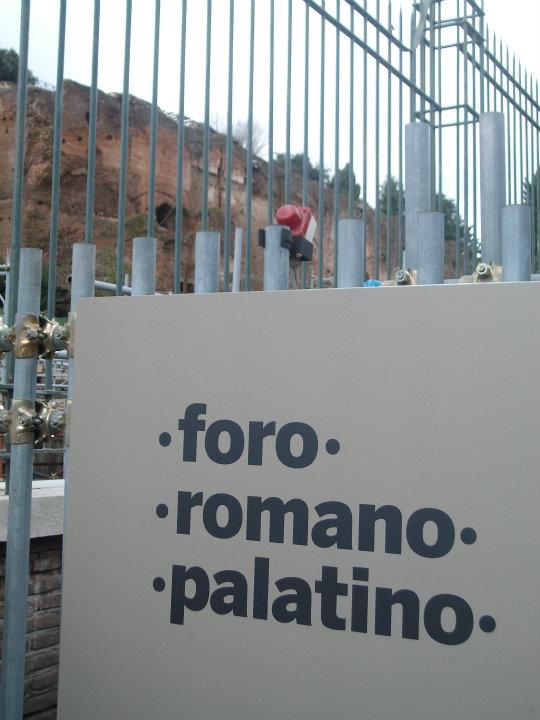

I remember that after my visit to the Roman Colosseum, in the afternoon I went to the ancient ruins better known as the Roman Forum or as it is known in Latin Forum Romanum, which was located very close to the Flavian Amphitheater. As a curious fact, on the way I took a wrong path and ended up in another area that had nothing to do with the forum, luckily after a while I was able to locate myself correctly. I would have liked to take more pictures, but the camera was having some problems.
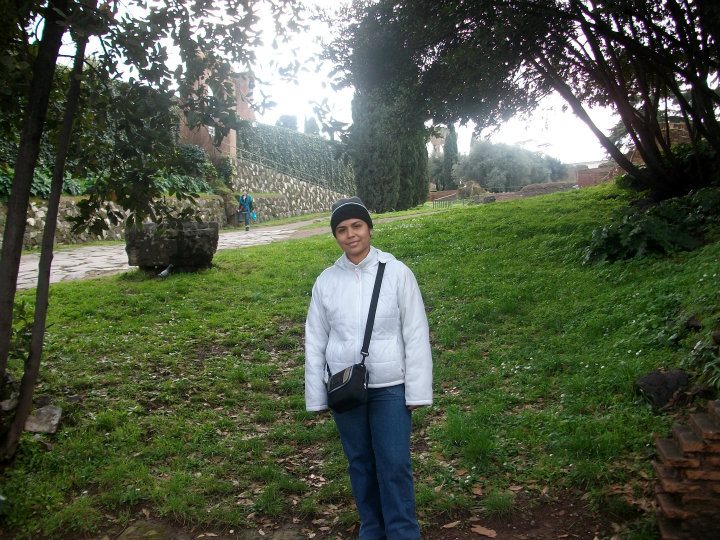
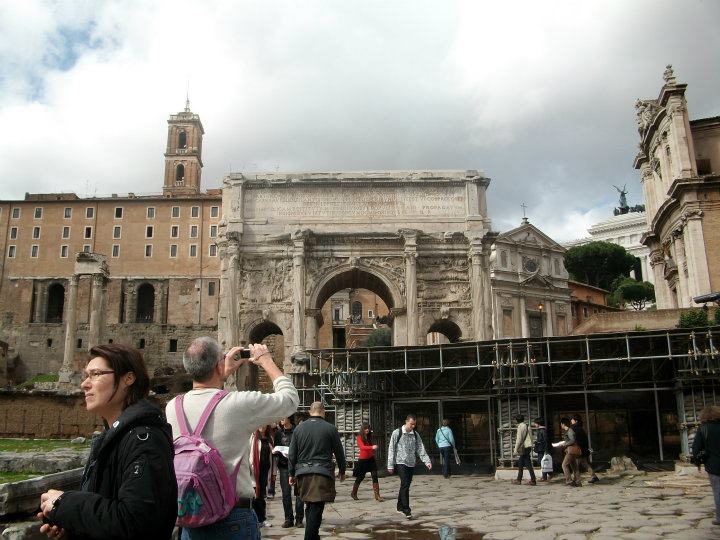
The Roman Forum is located in the center of the city, between the Palatine Hill and the Capitoline Hill, and as I mentioned, consists of several ruins of ancient buildings that belonged to the Roman Empire. Formerly known as Forum Magnum, this complex takes us back to the time when the empire dominated the political scene, having conquered territories so vast that they were lost from sight.
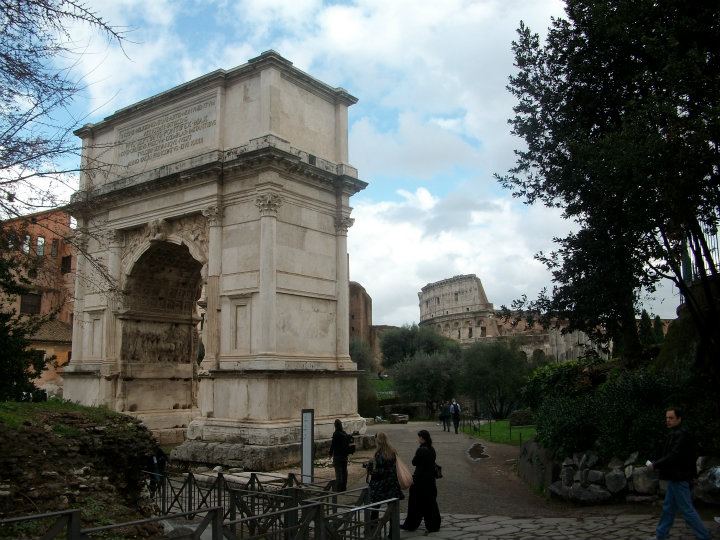
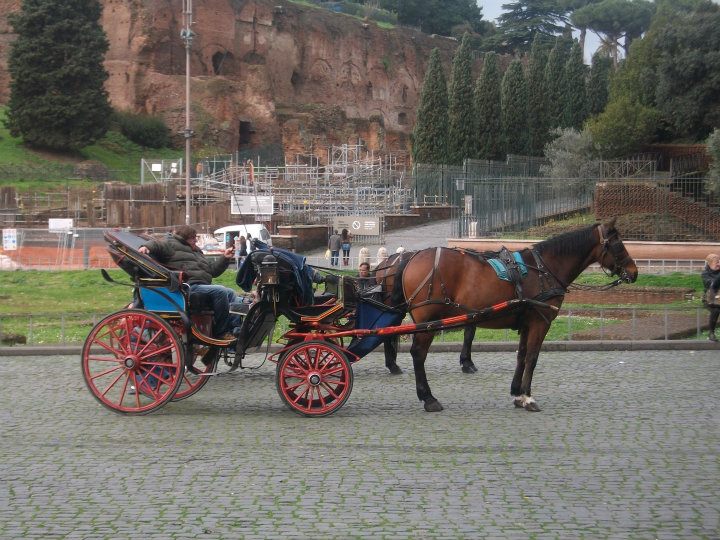
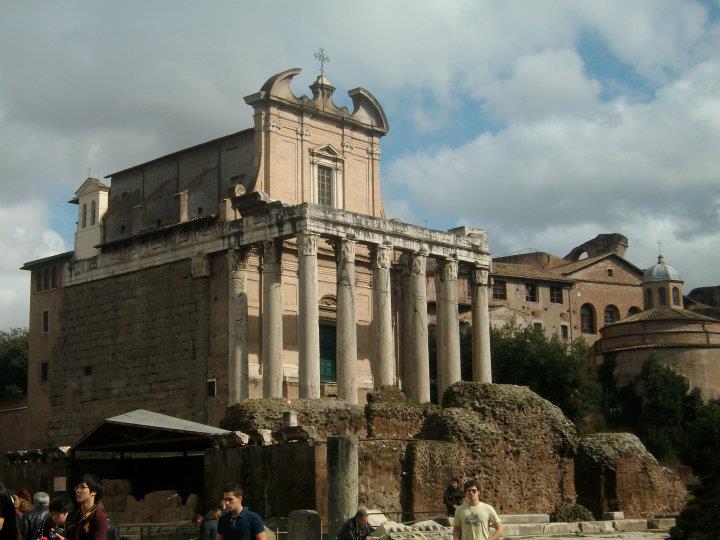
Over the years, the Forum had several functions, such as criminal court, site for gladiatorial combats, electoral voting center, trade center, stage for political speeches, among others. The relevance of this complex is due to the fact that in its time it was considered the heart of the empire and one of the most famous places in the known world.
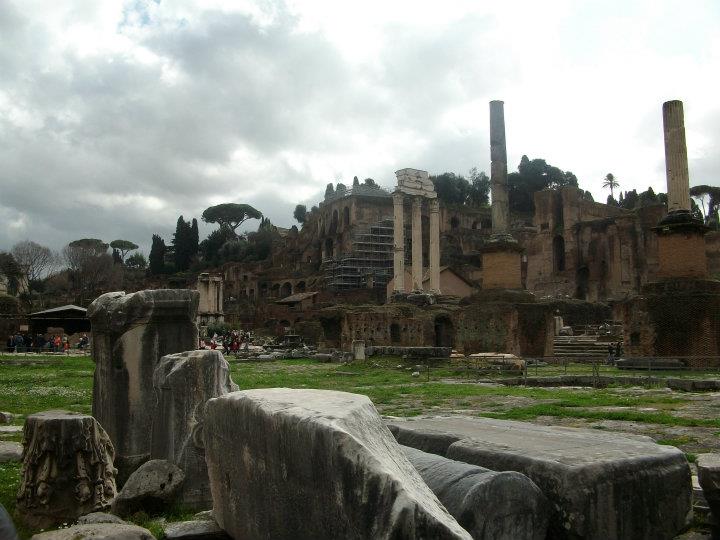
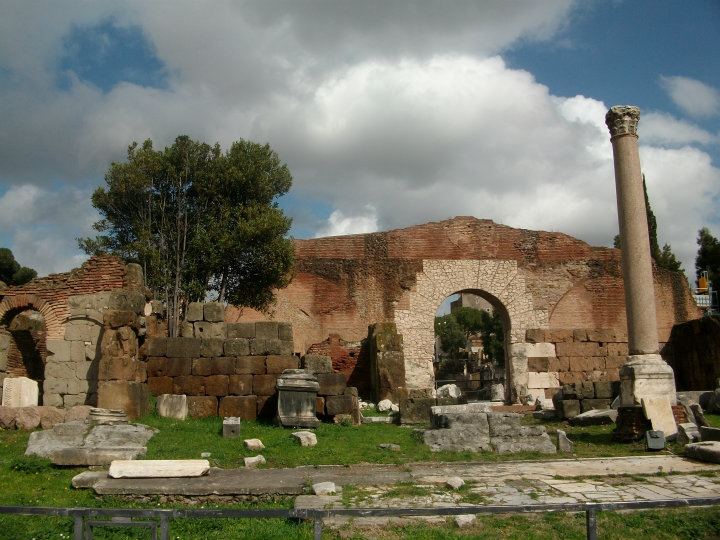

If we talk about the architectural style of these ruins, we can observe that it presents the typical architecture of Ancient Rome, as well as a Paleochristian style, which was characterized by the use of materials ranging from limestone and brick, for the most sober and simple constructions, to marble and slate for the most elaborate constructions with decorative touches that provided an air of greater sophistication.
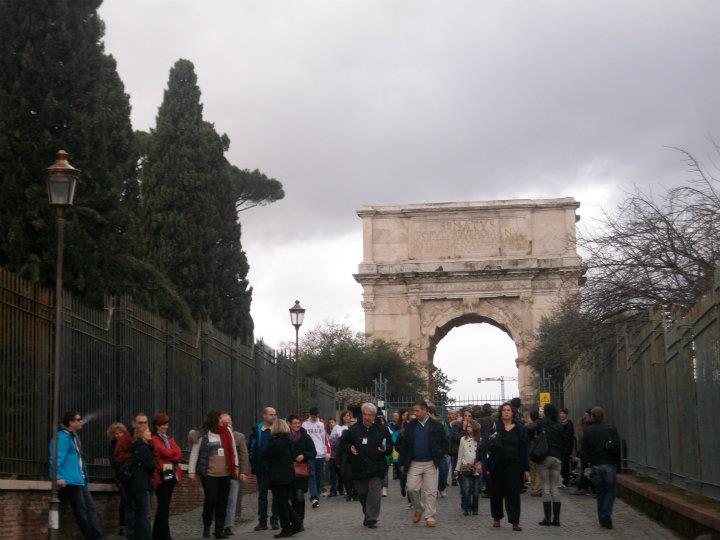
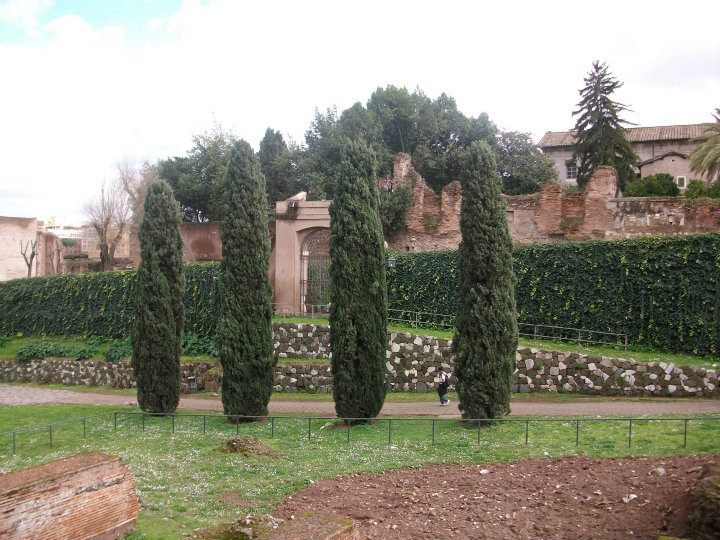
During my visit I was able to observe, not only ruins with a high level of deterioration due to the passage of time, but also structures that have preserved their form quite well, such as the iconic Arch of Septimius Severus, the Temple of Caesar, the Temple of Castor and Pollux, the Temple of Vesta, the Temple of Saturn, the Temple of Vespasian and Titus, the Basilica Emilia, the Basilica of Maxentius, the Basilica Julia and the main square.
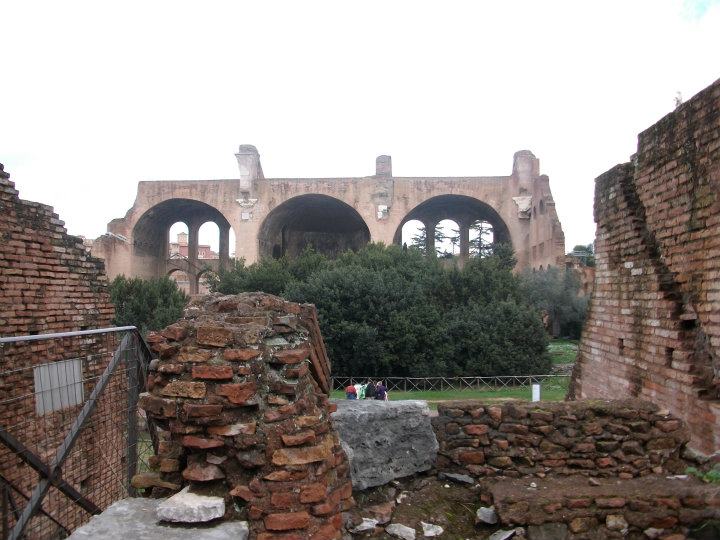
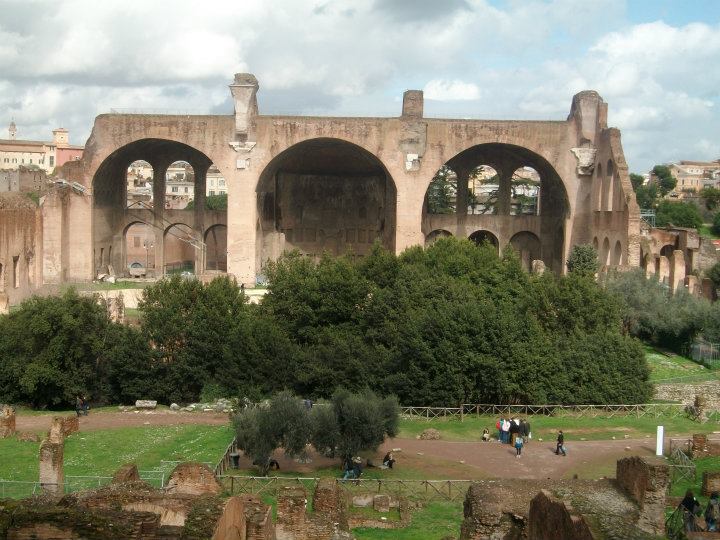
What impressed me most about this visit was how the surroundings transported me back in time and I could imagine all the activities and events that came to happen in this very important area of the empire, and how the Forum in general was and continues to be a symbol of power.
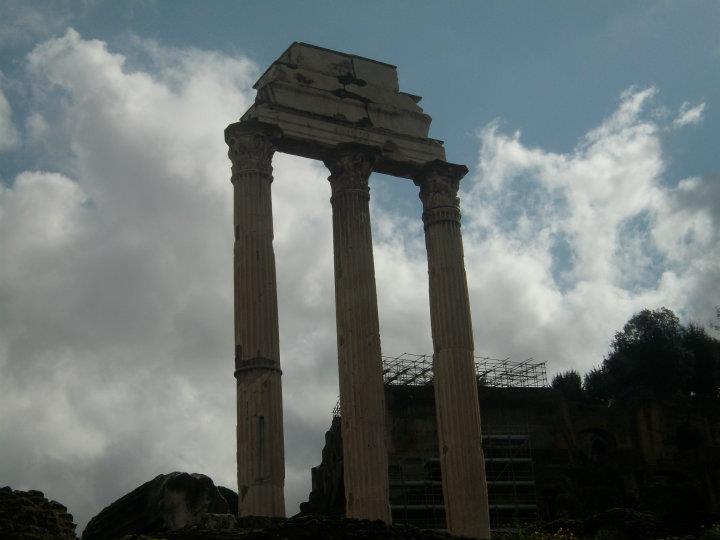
Thanks for joining me here, see you next time!
